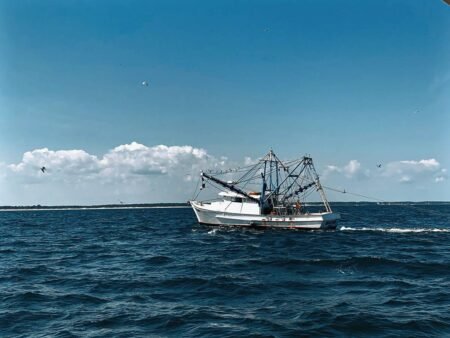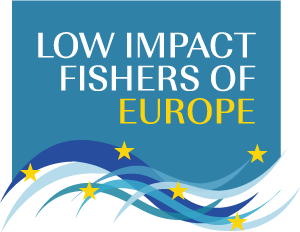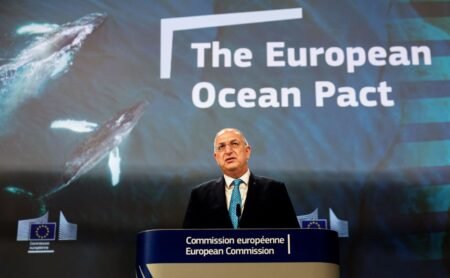Ahead of the December Fisheries Council, where EU Member States are expected to agree on next year’s fishing opportunities in the Atlantic and North Sea, the Commission presented its proposal for a continued progress towards sustainable fish stocks and viable opportunities for the industry.
Advertisement
How many fishing quotas (also referred to as Total Allowable Catches or TACs) are there in the Atlantic and North Sea?
Fishing opportunities for 89 TACs are being proposed today by the Commission for the Atlantic and North Sea:
- 62 TACs increase or stay at the same level of 2018;
- 22 TACs decrease, of which 5 are set at zero;
- 5 new by-catch TACs have been introduced for stocks for which scientists advise zero catch in 2019. These low-level TACs are intended to prevent the closure of mixed whitefish fisheries that catch these stocks as unavoidable by-catch in their haul and are subject to a number of conditions, including full catch documentation.
Fifteen more TACs will be proposed at a later stage, while 5 are delegated to an individual Member State, as this Member State is the main quota holder.
Why is it important that quotas are in line with Maximum Sustainable Yield levels?
Proposing fishing quotas or TACs at Maximum Sustainable Yield (MSY) levels means overcoming unsustainable fishing. Fishing at this level allows the fishing industry to take the highest possible amount of fish from the sea while keeping fish stocks healthy.
In December 2014, the EU set 36 TACs in line with Maximum Sustainable Yield (MSY) levels. In December 2016, this number increased to 44 TACs and to 53 in 2018. Only ten years ago, the fishing quotas set in line with MSY were just five. The Commission is again proposing to reach MSY exploitation rates by 2019 for all the stocks for which scientific advice is available. The number of Total Allowable Catches (TACs) in line with MSY will ultimately depend on the decision made by the Council in December.
What is the monetary value of the 2019 proposal compared to 2018 quotas?
As several high value or high volume TACs (e.g. North Sea anglerfish) are not included in the proposal, comparing the monetary value to last year’s is not possible at this stage. The overall value of the 2018 TACs (for the Baltic, North Sea and Atlantic and including accompanying species) was around EUR 5.3 billion, corresponding to EUR 1.4 billion in profits.
How will the entry into force of the landing obligation affect the calculation of fishing opportunities for 2019?
As of 1st January 2019 the landing obligation will fully apply to all commercial catches. This is a turning point for European fisheries as each and every fish caught will have to be landed and accounted for. Discarding will not be allowed anymore. The landing obligation has been enforced in the Baltic Sea since 1st January 2015 and since 1st January 2016 it has been in place for certain demersal species in the North Sea and the Atlantic.
The calculation of fishing quotas (TACs) for 2019 reflects this change: the previously discarded or unwanted catches are included in the total TAC. From this total TAC figure, a deduction can apply if the fishery concerned benefits from exemptions under a ‘discard plan’.
One such exemption is the “de minimis“, whereby percentages of discards are still allowed because it is very difficult to increase selectivity in the specific fishery, as established by the Scientific, Technical and Economic Committee for Fisheries (STECF) analysis. Another exemption is based on the “high survivability” rate of certain species incidentally caught.
How will the ‘choking’ of certain fisheries under the landing obligation be avoided?
One of the main challenges arising from the landing obligation is linked to the so called ‘choking’: a situation where fishing for a certain species has to be stopped because the by-catch is high and the TAC for that by-catch is low hence the ‘choking’ of the target fishery. Besides measures to promote increased selectivity, there are a number of other tools available to Member States to implement the landing obligation and avoid choking such as inter-species and inter-area flexibilities or quota swaps. Multiannual management plans are also important as they take into account the specificities of regional fisheries and allow the setting of TACs within ranges.
In order to avoid choke situations with major economic consequences, while reducing the fishing pressure on fragile stocks, the Commission has proposed in 5 cases a combination of zero TACs for targeted fisheries and limited by-catch TACs for the same stocks for 2019.The stocks concerned are cod in West of Scotland and cod in the Celtic Sea and Bay of Biscay/Iberian Waters, whiting in the West of Scotland and in the Irish Sea, and plaice in the southern Celtic Sea and southwest of Ireland. The by-catch TACs are proposed at a low level to reduce the fishing pressure on the stocks and create an incentive to increase selectivity.
What are the proposals for seabass?
For northern seabass, the Commission is proposing a set of measures, expressed in catch limits (not TACs), following the latest scientific advice. The limit is set at 1789 tonnes and higher catches are proposed for hooks and lines fishery with 7 tonnes/vessels (5 tonnes/vessel in 2018). The Commission is extending the “bag limit” for recreational fisheries to 1 fish/day for 7 months, while such bag limit was only available for three months in 2018.
Why are there still many figures missing in the proposal?
The Commission negotiates on behalf of the EU a number of quotas for fish stocks shared with third countries (Norway, Faroe Islands, Greenland, Iceland and Russia). This is also the case for the stocks in international waters and for highly migratory species such as tuna, where the Commission negotiates fishing opportunities in regional fisheries management organisations (RFMOs). The gaps will be filled as soon as these negotiations are concluded. In addition, scientific advice for some stocks was unavailable at the time of the adoption of the proposal.
Source: European Commission





